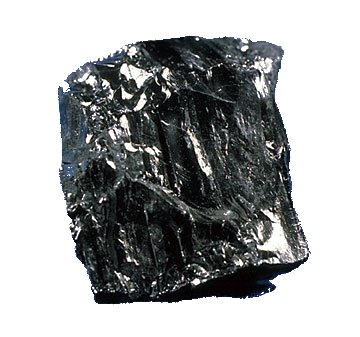 A new study says the chance of a drought in Texas is 20 times more likely during a La Niña year now compared with the 1960s. Another predicts four feet of sea-level rise along the Eastern Seaboard over the next century. Have your eyes glazed over yet?
A new study says the chance of a drought in Texas is 20 times more likely during a La Niña year now compared with the 1960s. Another predicts four feet of sea-level rise along the Eastern Seaboard over the next century. Have your eyes glazed over yet?
Call it apocalypse fatigue. Amid all the warnings about the impending threat, many of us just tune out. And no wonder: The problem can feel so large, and policymakers’ sense of urgency so feeble, that it’s easy to think that no one is taking action to lessen the threat to civilization.
This is why the work of Michael Wara, a climate scientist-turned-legal scholar, offers a needed shot of hope and excitement. Wara, a Stanford law professor and a research fellow at the Freeman Spogli Institute for International Studies, spends his days looking at the nuts and bolts of greenhouse gas reduction programs, examining what works and what doesn’t.
Wara questions the value of the long-standing search for a one-size-fits-all, silver bullet treaty on reducing greenhouse gas emissions. Instead, he says, “if there’s one thing I wish we would try more of, it’s smaller-scale agreements where we actually do things, where we experiment.” He also argues for far more aggressive research and development related to renewable energy in this country.
I recently sat down with Wara to discuss his switch from geochemistry to law, the delicate balance between science and activism, and how societies must respond and adapt now that climate change is our daily reality. He also had a few thoughts about why bad political ideas never die.
One of the biggest challenges, of course, will be convincing people that there are realistic responses to the climate chaos that has become our daunting day-to-day reality. Until we do that, we’re all bound to space out when the talk turns to the latest forecast for disaster.
Free MP3. (Right click, select “Save Link As.”)
This interview is part of the Generation Anthropocene project, in which Stanford students partake in an inter-generational dialogue with scholars about living in an age when humans have become a major force shaping our world.




